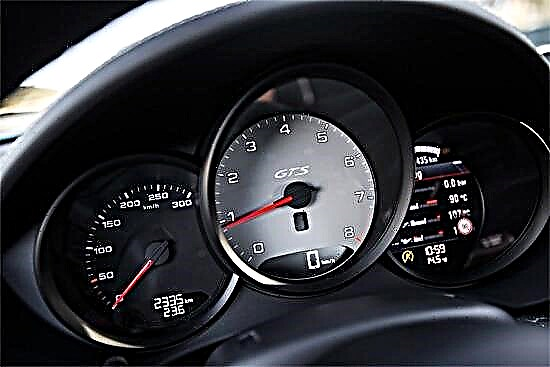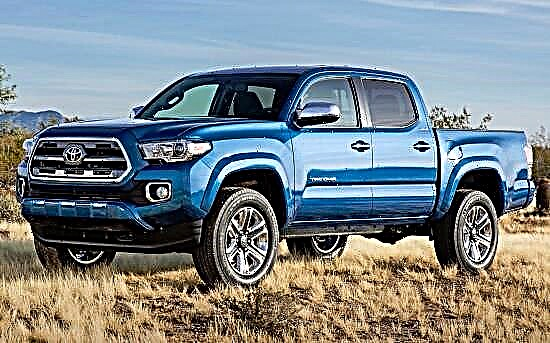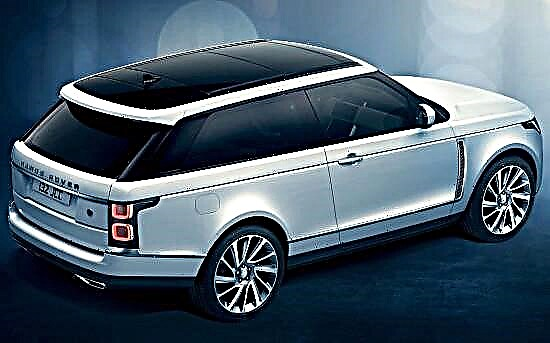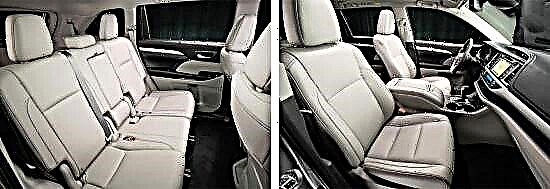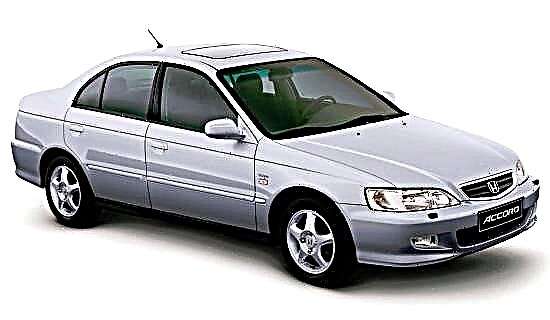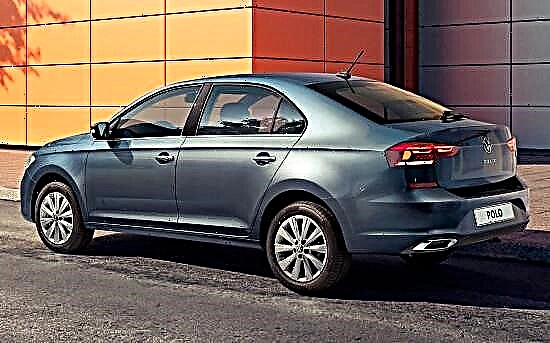The Opel Corsa subcompact hatchback of the third generation (in-plant index "C") was first revealed to the world community in 1999, and its sales in the countries of the Old World started in the fall of 2000.
After the next "reincarnation", the car not only noticeably changed externally and internally, but also changed the platform, enlarged in size, "armed" with economical motors and received previously unavailable functionality.

In 2003, the "German" underwent a planned renovation - the exterior and interior were corrected, new engines were separated and the list of equipment offered was expanded.
Serial production of the car for European markets continued until October 2006 (when the fourth generation model was released), while in South America its sales were carried out until 2012.

Outside, "Corsa C" has a nice, laconic, balanced, but ordinary look, and its outline lacks memorable design solutions - a simple "face" with unpretentious headlights and a neat bumper, a harmonious silhouette with short overhangs, "flat" sidewalls and correct wheel cutouts. arches, frying stern with "lifted" lanterns, merging with the glass, and a neat bumper.

This is a subcompact hatchback, announced with a three- or five-door body: its length is stretched by 3839 mm, the width is 1646 mm, and the height is 1440 mm. The center-to-center distance of the car is 2491 mm, and its ground clearance does not exceed 140 mm.
The "marching" weight of the "German" varies from 930 to 1080 kg (depending on the version).

The interior of the third generation Opel Corsa looks quite attractive and is distinguished by carefully thought-out ergonomics. A large three-spoke steering wheel, an unremarkable but informative instrument cluster with arrow indicators, a symmetrical center console with a monochrome display of the on-board computer covered by a visor, and well-arranged audio and air conditioning units - the appearance of the car's decoration leaves an extremely positive impression.
Formally, the Korsa's salon of the third generation has a five-seat layout, but in reality only two adult passengers will be able to more or less freely accommodate in the second row (due to the limited supply of free space).
In the front seats there are seats with slightly pronounced lateral bolsters and sufficient adjustment intervals.
The hatchback trunk in normal condition has a 260-liter volume (regardless of the number of doors). The rear sofa folds down in two parts, increasing the "hold" capacity to 1060 liters. In a niche under the raised floor, the spare wheel and the necessary minimum of tools are hidden.

For the "third" Opel Corsa, a wide range of power units is provided, working in conjunction with a 5-speed "mechanics", a 4-band "automatic" or a 5-speed "robot" (and no alternative front-wheel drive transmission):
- Gasoline cars contain under the hood in-line three- and four-cylinder "atmospheric" with a working volume of 1.0-1.8 liters with a distributed injection system and variable valve timing, generating 60-125 horsepower and 88-165 Nm of torque.
- Diesel modifications are equipped with in-line "fours" for 1.2-1.7 liters with turbocharging, direct fuel injection and a 16-valve timing structure, which develop 70-100 hp. and 170-240 Nm of peak thrust.
Acceleration from 0 to 100 km / h takes 9 ~ 18 seconds for the car, and its maximum capabilities "rest" at 150 ~ 202 km / h.
Fuel consumption for gasoline versions is 5.3 ~ 7.9 liters for each combined "hundred", and for diesel - 4.4 ~ 4.7 liters.
"Corsa" of the third incarnation is based on the GM Gamma (GM4300) front-wheel drive architecture with the power unit installed transversely in the front part. On the front axle of the hatchback, an independent suspension with MacPherson struts, hydraulic shock absorbers and lateral stabilizers is mounted, and on the rear there is a semi-independent system with a twisting beam.
The machine is equipped with rack and pinion steering and hydraulic booster. By default, the car is equipped with ventilated disc brakes at the front and drum devices at the rear (on versions with a power of 100 hp and above, "pancakes" are applied "in a circle").
In the Russian market for used cars, the 3rd generation Opel Corsa in 2018 is offered at a price of 100 ~ 250 thousand rubles (a lot depends on the equipment, condition and year of manufacture of the car).
This car has a lot of positive qualities: nice design, ergonomic interior, moderately high-torque and economical engines, reliable design, good level of equipment, good maneuverability, energy-intensive suspension and so on.
But he also has disadvantages: low ground clearance, poor sound insulation, poor head light and some other points.

